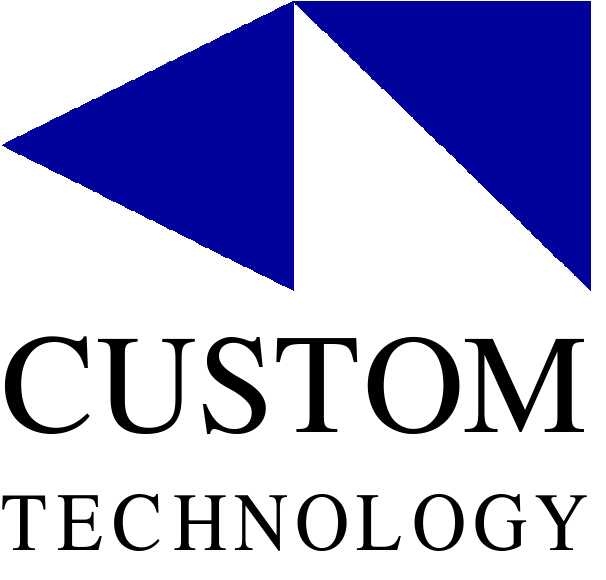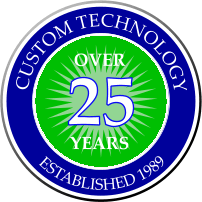CODIV-19 has increased the demand for flexible, secure, high performance remote access. In response NoMachine has announced the release of NoMachine 7 which introduces a series of exciting enhancements.
With this release, NoMachine implements multiple refinements to the design of the User Interface (UI) which focus on improving usability through simplified navigation and connection management. Additionally, new capabilities enhance the user experience considerably, such as the possibility to create browser-based remote desktop connections from the player, and open and store recording files: all connection files and recordings can be loaded to and stored in the newly labelled ‘Machines’ panels for easier access.
Version 7 is also geared towards organisations with Cloud Server deployments and offers multiple improvements that facilitate both user and administrator interaction such as profile propagation to servers and the automatic assignment of Enterprise Desktop hosts.
“With the new features and capabilities in version 7 we continue to meet the requirements of our users. Many of them have settled in to the new normal of working or studying from home and with remote desktop software in demand like never before, it is fundamental to provide a remote desktop tool that facilitates both users and IT administrators. A polished and streamlined user interface, in addition to usability refinements and performance enhancements ensure a remote desktop that runs smoothly for everyone.” said Gaspare Tripi, General Manager of NoMachine.
Key improvements in version 7
The Machines panel
The Machines panel, which replaces ‘Recent Connections’ provides an overview of stored connections and any desktops available on the LAN. The novelty with this release is that web-based sessions are also visualised as well as recordings available for play-back on the local host.
Simplified UI navigation and connection management
NoMachine player and server configuration are now grouped together to facilitate navigation of the UI. Connections are started in a new window to make settings and connection configuration easily accessible to the user even when a remote desktop session is open.
Streamlined connection creation
Connection creation is faster thanks to one unique interface from which both player and webplayer sessions can be started. Any associated session options are easily accessible and configurable from the simplified layout.
Simplified menu in system tray
The monitor menu available in the system tray has been updated to better integrate with the native OS theme and style, offering an eye-friendly view of the fast-track options available.
Automatic assignment of remote Enterprise Desktop host
When there are hundreds of near-identical Enterprise Desktops associated to a Cloud Server, there is often a need for users to connect on a ‘first come, first served’ basis. A new algorithm checks what Enterprise Desktop hosts are free to use or whether a user is already logged in.
Profile rules propagation
Cloud Server can now broadcast rules to all its associated child servers. This ensures that administrators can efficiently manage corporate policies from one central location.
Improved support for client-side multi-monitors
Virtual desktop sessions available in the Terminal Server for Linux products now adapt seamlessly to client-side multi-monitor workspaces. This means maximised applications can span to a single monitor or across all monitors.
Wake-on-LAN
If a computer on the user’s same local network is powered off, NoMachine can now wake it up. This is made possible by sending ‘magic packets’ from the client to the remote PC or Mac. These packets are able to locate the destination computer using its network card’s MAC address.
Support for authentication with separate accounts in multi-server environments
In Cloud Server environments with multiple authentication levels (e.g. AD user authentication and subdomains) administrators can decide whether to allow pass-through authentication for each user, where authentication on the child server is the same as that on the Cloud Server, or ensure that the user logs in with a different username.
Enable automatic recording at session start-up
NoMachine’s screen recording feature can now be configured to automatically record remote sessions for all or specific users, making it a useful tool for monitoring or audit purposes.
Let users choose their preferred desktop
In virtual desktop sessions (Terminal Server products only), NoMachine can now automatically detect any additional Linux desktop installed by the administrator on the host and allow the user to choose from all those available if this is the server’s configured preference.
About Cloud Server
NoMachine’s Cloud Server sits at the top of the NoMachine server stack to let organisations consolidate their entire NoMachine server environment. Tailored for organisations with large-scale deployments, it not only gives employees a secure, central access point to their application or desktop, it also permits administrators to build a scalable multi-tier infrastructure.
About Enterprise Desktop
Enterprise Desktop offers unparalleled performance for mobile workers and support staff alike, letting them securely access their desktop over any network. With a rich-set of features such as extended device redirection, video and audio streaming and file-sharing users can work just as well out of the office as they do in.
About Terminal Server
Provides users with their own personal Linux workspace. Admins can create hundreds of hosted Linux desktops, easy to manage and secure on single standalone servers or in cluster. Capable of leveraging the accelerated capabilities of modern graphics cards, users are empowered to access high-end graphical applications, including those Linux desktop environments which rely heavily on OpenGL.
For more information on NoMachine please see our web site and contact CustomTech (email info@customtech.com.au or call) to arrange a FREE evaluation and discuss your needs.


